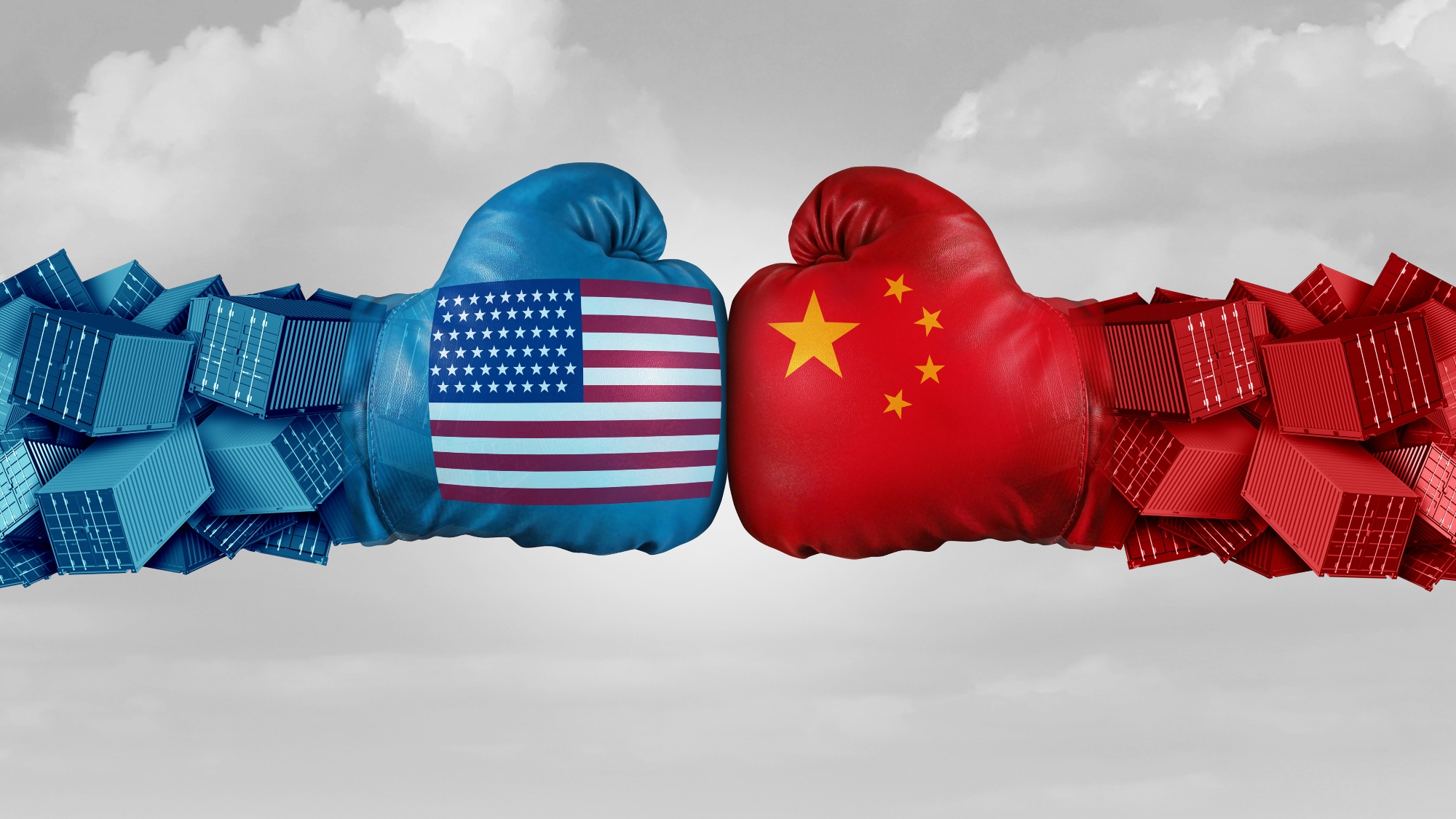Managing Maverick Spend at Deere and Delphi – An Interview with Jon Stegner
Many managers today are struggling with how to turn their procurement organization around and reduce their maverick spend (spending outside the procurement process); different approaches are being adopted. Jon Stegner, a senior purchasing executive at Delphi Corp., brings with him a long experience of working and deploying procurement policies at a number of companies, including TRW, Honda of America, and John Deere. He recently shared his view on how to establish purchasing policies and procedures and how to make them stick.
“At many companies existing sourcing policies are a bit heavy on the bureaucratic side – with more rules than are practical to follow. Some of these rules don’t always drive value-added work, and don’t always result in optimum strategies. In certain situations, procurement must deploy a strategy where there is a need for a lot of data and information, but there is also a need for speed. In this environment, the delegation of authority and full-time resources are critical to success.”
This is especially important in controlling maverick spend. Stegner notes that getting your hands around the data is one of the biggest challenges, especially on the indirect side. In his experience, the process should be initiated by getting total control of spending data, and understanding the implications of trends represented by the data. Once purchasing obtains spending data, management needs to be very clear at senior levels on what the policy is: Don’t compromise! It is up to purchasing to get senior management to write a policy statement that all spend is authorized by purchasing through the Chief Procurement Officer (CPO). If the Chief Procurement Officer delegates payroll to Human Resources, or delegates tax payment to Finance, then this policy must become the rule.
It may take some time to deploy purchasing policies that control maverick spend. To do so, Stegner advocates putting contracts into place, and determining where money is being spent that is compliant with the contracts. Once purchasing determines who is responsible for not abiding by contracts, the CPO can initiate discussions around those spend items. Purchasing can start by informing people of the benefits of being on contract. If people choose not to comply, then purchasing can take other avenues to work on engaging them and their organization into getting the spend on contract. An important way to obtain buy-in into the policy and control maverick spend is to bring people into the strategic sourcing process. As you bring them into the sourcing process and into the decision making process, you quickly get a feel whether or not there exists the level of buy-in that is needed from each particular functional area.
In answering the question of how to get people to comply with purchasing policy, Stegner’s response was very direct:
“Here at Delphi, everything must go through purchasing, unless specifically delegated by policy, and our internal audit staff provides the appropriate check and balance.
“There probably is some maverick spend at Delphi, but there are certain limits we won’t test for (less then $50K). For the most part, we catch 80% or more of the maverick spend.
“At Deere, this was an evolutionary process. Deere was a decentralized organization, and it took a while to influence people to convince them to get all of their spend on contract. In the process, however, we did some things that were fun that got their attention. In one instance, we had an opportunity to look at work gloves. A student intern went around to all of the fourteen factories and collected one of every glove in each factory, identified who it was purchased from, and how much was spent on each glove. The result? The intern discovered that Deere was purchasing 424 different work gloves, in a dozen different manufacturing processes (assembly, welding, rubberized gloves), and noted some other very odd patterns! For example, the same supplier shipped the same gloves to different factories with different pricing – and they were all being used in the same process! At one point, we brought in all 424 different pairs and organized them in piles based on the process they were used in and asked the division presidents to go through the piles and see how many gloves they were buying, what they paid for them, and which operation they were used in! They began to joke around and discover that “We got a good deal at this plant – but not over here.” This created a mandate from the group.
“Work gloves don’t differentiate our product – as long as our employees are safe!” The sourcing team then engaged safety directors and factory representatives, did a strategic sourcing process, and got it down to two dozen work gloves – down from six suppliers to one supplier, and cut the cost of work gloves by 50%! This worked because we made it real to senior management, and by making it real and tangible, they were absolutely incensed. It didn’t make a strategic difference for the customer (who was buying tractors). We did this for other areas as well. I hired that intern, and she became the commodity leader for all safety supplies! This became a traveling road show and stopped at all the factories and division headquarters – a compelling message that people could rally around. We then asked people whether they wanted us to do the same for safety glasses? The response from people was immediate: No – I believe you! In this manner, we were able to drive home our purchasing policies by making it tangible and real to users throughout the company.”
Source: Interview with Jon Stegner, January2003.
- Categories:


